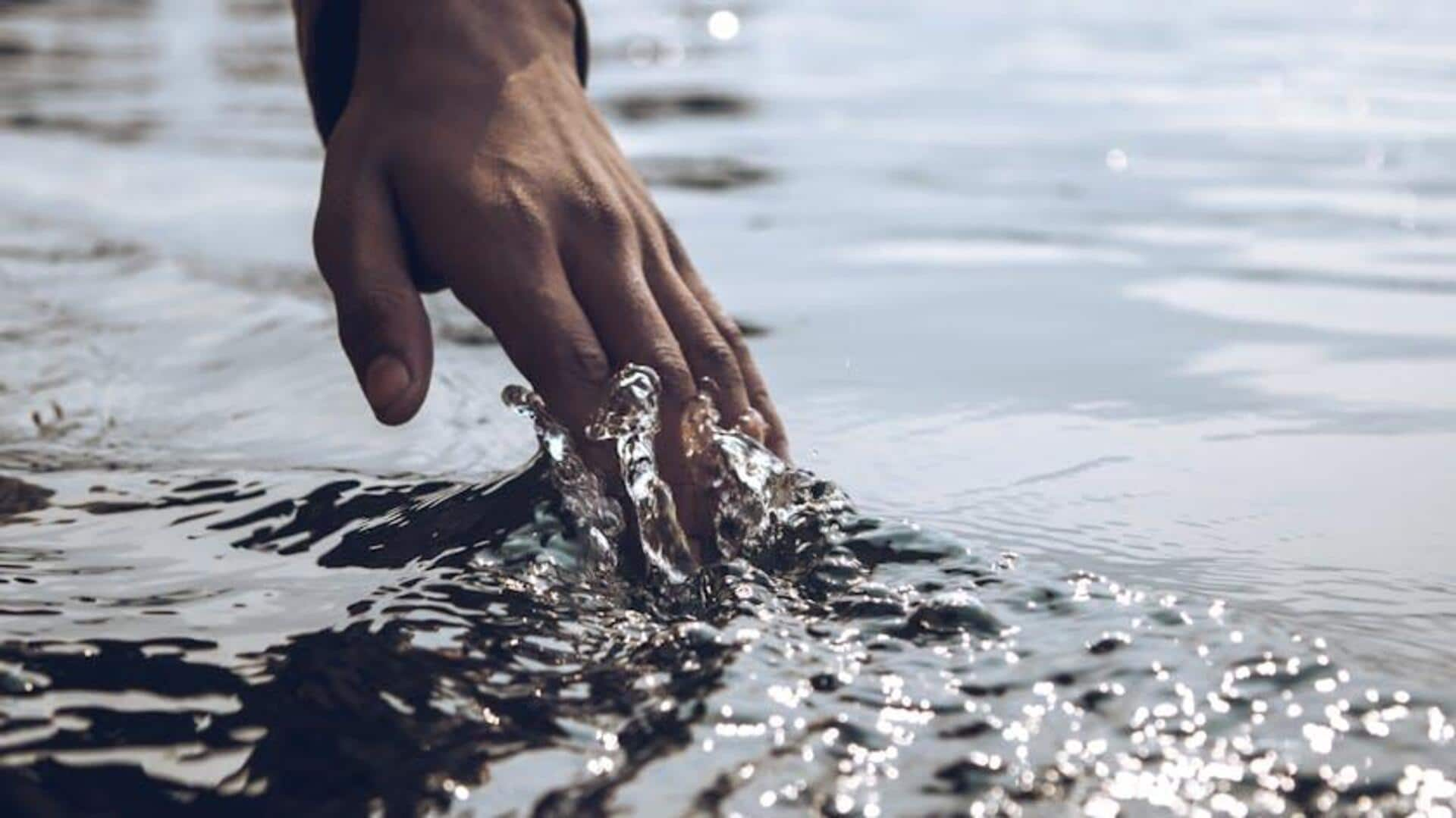
The flowing grace of African water dance traditions
What's the story
African water dance traditions are a mesmerizing fusion of culture, history, and artistry. These dances transcend mere performance, embodying the heartbeat of rituals and celebrations in communities across the continent. They represent life, fertility, and the bond between humanity and nature. This article delves into the rhythm of these traditions, uncovering the profound beauty pulsating beneath the surface.
Roots
The origins and significance
The origins of African water dances extend back to antiquity when communities would convene at lakes or rivers to conduct ceremonies. These dances aimed to pacify the deities or spirits thought to govern the rain, rivers, and seas. They were vital in agricultural societies where water was indispensable for life. Today, they remain a cornerstone of cultural festivals and ceremonies.
Variety
Diverse forms across the continent
African water dance traditions are incredibly diverse, reflecting the distinct rhythms and symbols of each region. In West Africa, you'll see high-energy dances with people splashing water around to imitate the rain or the flow of a big river. On the other hand, East African dances might involve smooth movements to portray peaceful waters or a quiet stream. This variation highlights the richness of Africa's cultural landscape.
Community bonding
The role in community life
More than just a beautiful spectacle, these dances play a crucial role in strengthening community bonds and fostering social harmony. - They unify people of all ages and social classes in a common cultural experience. - Communities affirm their identity and values and transmit their traditions to the youth through active involvement in these collective rituals.
Attire & music
Costumes and instruments enhance the experience
The vibrant energy of African water dances is amplified by the use of colorful costumes and traditional instruments. Dancers typically don vibrant outfits that glisten like water under the sun's rays, along with accessories that resemble aquatic animals or plants. Drumming serves as the heartbeat of the performance, offering a rhythmic pulse that drives the dancers' motions while contributing a powerful auditory element to the experience.
Insights
Learning from African water dance traditions
By participating in African water dance traditions, one gains a profound appreciation for how cultures can honor their natural environment through art. It fosters a deep respect for traditional customs that have withstood the pressures of modernization, and emphasizes the importance of safeguarding such heritage for the benefit of future generations.